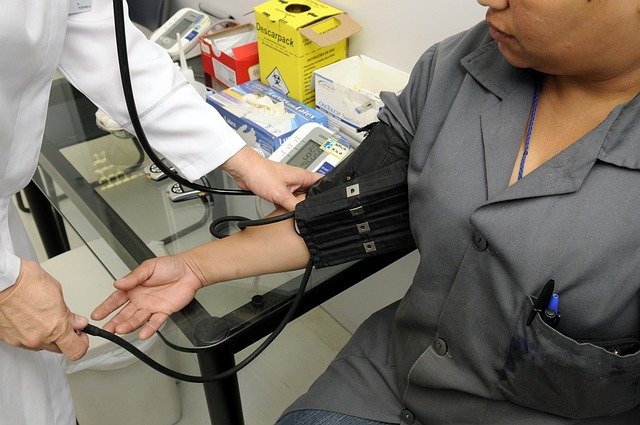Become a Medical Assistant: Training, Skills & Careers
Launch a meaningful healthcare career with medical assistant training that combines clinical hands-on practice, administrative know-how, and externships. This guide covers program options, timelines, certification choices (AAMA, NHA), essential skills like EHR use and phlebotomy, and how to pick accredited schools to boost employability and career growth.

Become a Medical Assistant: Training, Skills & Careers
What medical assistants handle daily
Medical assistants bridge clinical care and office operations, supporting providers and keeping patient workflows running smoothly. Daily tasks often include rooming patients, assisting during exams and minor procedures, recording vital signs, and performing basic point-of-care tests such as blood glucose or rapid strep. In many settings and where permitted by law, they may give medications or injections under a provider’s supervision. On the administrative side, medical assistants schedule appointments, manage patient records and insurance paperwork, and handle phone triage. Responsibilities vary by employer and state regulations, allowing the role to adapt across hospitals, private practices, clinics, and long-term care facilities.
Training pathways: certificates, diplomas, and associate degrees
While some employers hire and train entry-level staff on-site, most prefer candidates with formal education. The main routes into the profession are:
- Certificate or diploma programs: These focused courses prioritize practical skills and are usually finished in 9–12 months. Topics emphasize medical terminology, anatomy and physiology, clinical procedures, infection control, and office systems.
- Associate degree programs: Typically two-year college programs that blend clinical instruction with broader general education. An associate degree provides expanded preparation and can support future education or advancement.
Both program types generally include classes on electronic health records (EHRs), patient communication, and laboratory basics. Many programs also require an externship or internship, placing students in clinical settings to practice under supervision and build workplace confidence.
How long before you can work and get certified
Time to entry-level employment depends on the chosen path:
- Certificate or diploma: about 9–12 months
- Associate degree: roughly 2 years
- Exam prep: 1–3 months after coursework for most candidates
After finishing a program, graduates often pursue certification to strengthen job prospects. Popular exams come from the American Association of Medical Assistants (AAMA) and the National Healthcareer Association (NHA). Certification isn’t required in every state, but it signals professional competence and may improve hiring or pay opportunities.
Essential skills to build
A successful medical assistant blends technical proficiency with interpersonal strengths:
- Communication: Conveying information clearly and compassionately to patients, and coordinating effectively with the clinical team.
- Accuracy: Precise charting, correct specimen handling, and adherence to protocols safeguard patient safety.
- Time management and multitasking: Balancing phones, scheduling, intake procedures, and clinical duties in a busy practice.
- Technical comfort: Using EHR systems, operating diagnostic equipment, and performing basic lab procedures like phlebotomy and EKGs.
- Adaptability: Responding to changing patient needs, unexpected clinical situations, and different workplace cultures.
Developing these skills during classes and clinical rotations helps new graduates perform confidently in patient-facing roles.
Where to find quality programs
Multiple institutions offer medical assistant education. When choosing, verify accreditation, the extent of hands-on training, externship placement support, and career services. Common providers include community colleges, vocational and technical schools, select universities offering associate degrees, and accredited online programs that arrange local in-person externships.
| Institution Type | Average Program Length | Typical Credential | Estimated Cost Range |
|---|---|---|---|
| Community College | 1–2 years | Associate Degree | $2,000 - $15,000 |
| Vocational School | 9–12 months | Certificate/Diploma | $1,200 - $4,000 |
| Technical Institute | 9–12 months | Certificate/Diploma | $1,000 - $5,000 |
| University | 2 years | Associate Degree | $8,000 - $30,000 |
| Online Platform | 4–12 months | Certificate | $1,000 - $5,000 |
Prices, rates, or cost estimates mentioned in this article are based on the latest available information but may change over time. Independent research is advised before making financial decisions.
Career paths and growth opportunities
Graduates can find roles across healthcare: physician offices, outpatient clinics, hospitals, specialty practices (for example, pediatrics or cardiology), long-term care, and rehabilitation centers. With experience or additional credentials, medical assistants may specialize in areas such as phlebotomy, EKG, or medical billing, move into supervisory and administrative roles, or continue education toward nursing or other allied health professions. Some experienced MAs transition to training or education roles within healthcare programs.
Choosing the right program and practical next steps
When comparing schools, prioritize accredited programs that include meaningful clinical hours, externship placements, and career services. Consider how quickly you want to enter the workforce, your budget, and whether you intend to pursue further study later. Prepare a complete application, complete required healthcare clearances (such as background checks and immunizations), and engage fully in clinical rotations to build both skill and professional references. Earning certification after coursework can increase marketability.
Medical assistant training is a practical, flexible way into healthcare. Whether you enjoy hands-on clinical duties or coordinating administrative operations, training gives you workplace-ready abilities and room for advancement. With focused education, supervised clinical experience, and optional certification, you can establish a meaningful career supporting patients and the broader care team.
This article is for informational purposes only and should not be considered medical advice. Please consult a qualified healthcare professional for personalized guidance and treatment.






